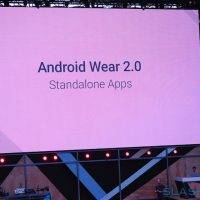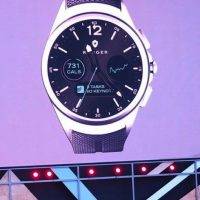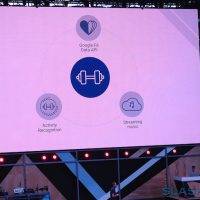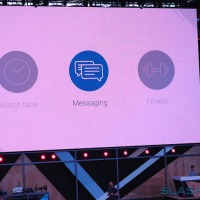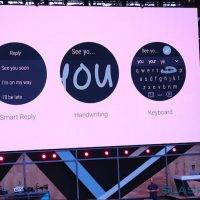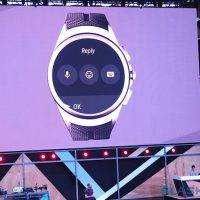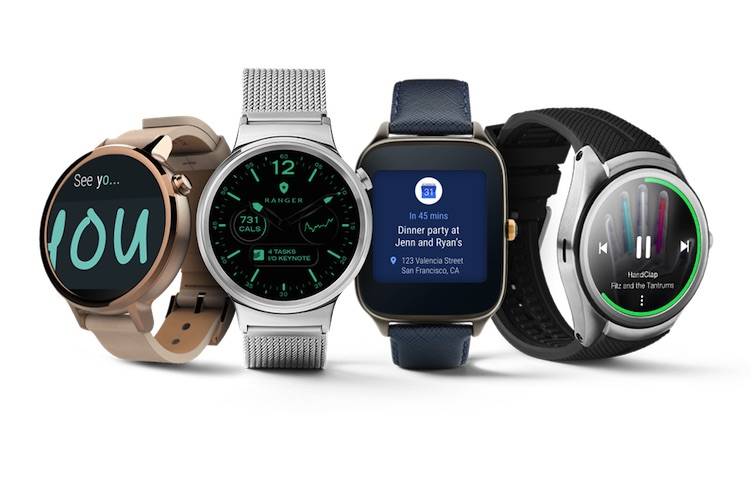
It’s about time that Android Wear gets an update. Actually, we’ve been expecting that Google would make a major release this Google I/O Conference as one of the numerous announcements for this year. The last version that rolled out was the 1.4 update that brought a number of new features like single tap gesture, watch-to-watch communication, more travel apps, interactive watch faces, and turning on or off tip cards among others.
Here are some of the features you can expect to see on the new Android Wear 2.0: Standalone apps, new system UI, Material Design for wearables, new MessagingStyle notification, Google Fit platform, and Android support.
The newest Android Wear 2.0 brings the latest in wearable platform. Google’s very own smartwatch OS offers improved support for native apps and interaction and new features such as handwriting recognition and on-screen keyboard. The latter makes messaging more convenient even on a very small screen.
Smartphones use on-screen keyboards and Google is bringing the technology to Android Wear but in a bit different way. It’s still expected to be accurate, thanks to algorithms like The Google Assistant. The AI we just featured a while ago can provide smart replies and suggestions that are contextually-relevant.
Android Wear 2.0 brings the idea of standalone apps running on your smartwatch. This means, the wearable device can play your favorite music even without being integrated with a smartphone or connecting via Bluetooth. The smartwatch is no longer just an extension of your phone because native app support is now available.
The new Android Wear 2.0 platform also offers enhanced data gathering by Google. With this update, Google can automatically determine when the wearer starts a fitness activity. This way, you won’t have to tell the smartwatch what you are doing or are about to jog or run. Third-party app integration is also improved and other apps can now get into Google Fit for better assessments, as well as, have access to most music streaming services.
VIA: SlashGear
SOURCE: Android Developers Blog


